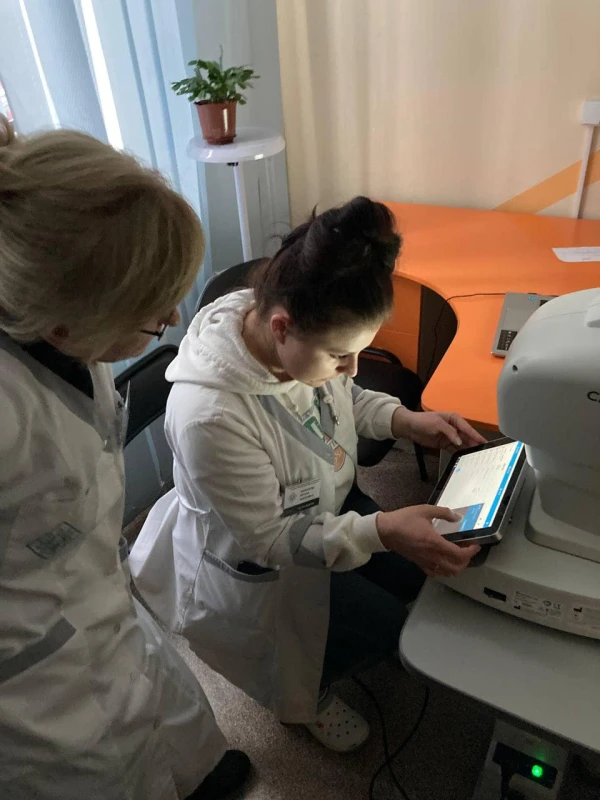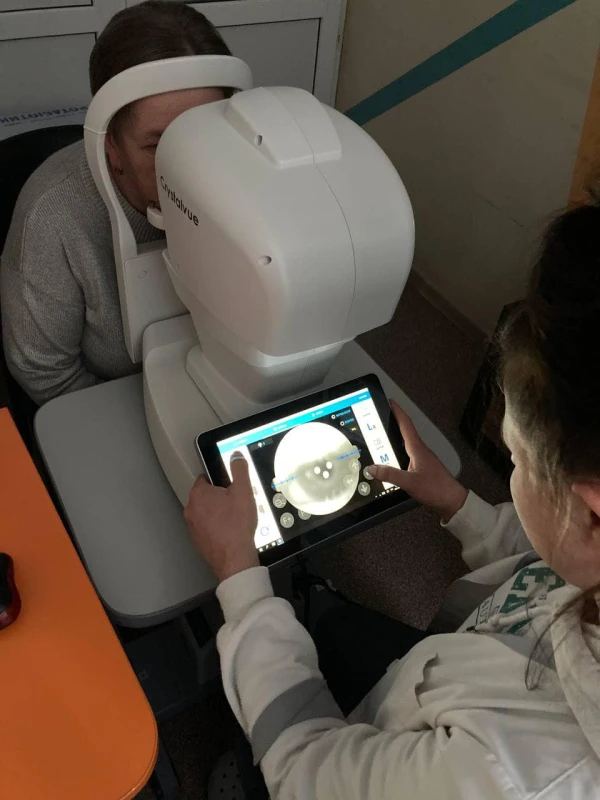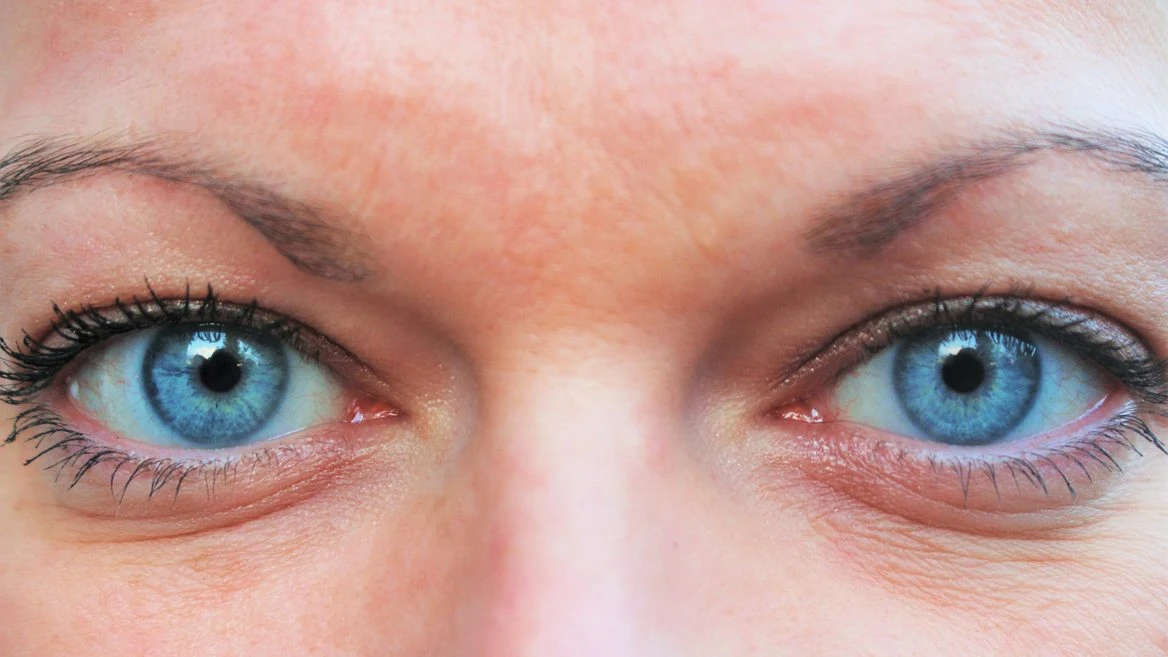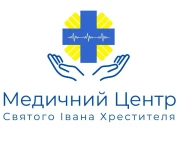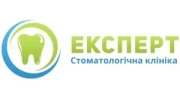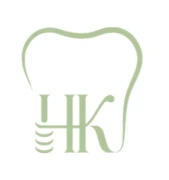CheckEye
According to the International Diabetes Federation, over 537 million people worldwide are living with diabetes, and this number is growing at an incredible rate. Most of these individuals may develop some form of diabetic retinopathy in the future, which can cause vision impairment or, in severe cases, blindness.
However, early diagnosis and timely treatment of diabetic retinopathy can prevent vision deterioration and blindness. Procedures that are both more economical and practical include screening and retinotherapy treatment.
For the timely diagnosis of such a threatening condition, the CheckEye project utilizes cloud-based environment, where examination of retinal images takes place. Simply upload to the CheckEye platform a fundus photograph taken with any ophthalmological equipment capable of generating a jpg file, and soon a diagnosis will be generated. The snapshot from the camera is uploaded to the CheckEye system in the cloud. Results are available within 30-60 seconds, allowing for the exclusion or confirmation of signs of diabetic retinopathy. If diabetic retinopathy is present, the system determines the stage of the disease. Based on the screening test results, the patient can receive recommendations for further diagnosis and treatment. Only those showing signs of diabetic retinopathy are referred to an ophthalmologist. This process is performed automatically based on an algorithm created using machine learning. At this stage, the accuracy of disease detection is 84%, and the entire process takes seconds. Additionally, patients can use the CheckEye mobile application to independently receive a diagnosis and plan their next examination.
Advantages:
For Patients
- Reduced waiting time for access to professional treatment thanks to quick and accurate screening results in a wide network of locations
- Early detection and timely treatment of diabetic retinopathy in people living with diabetes
- More economical treatment of diabetic retinopathy
- Reduced risk of developing severe forms of retinopathy and blindness
Ophthalmologists
- Increased efficiency of specialist work by freeing up time otherwise spent on routine examinations
- Higher patient referral rate with positive screening results requiring more urgent treatment
- More accurate diagnosis due to better quality screening images achieved through artificial intelligence-based technology
-
Kyiv, Rybalska str. 13, of.4



